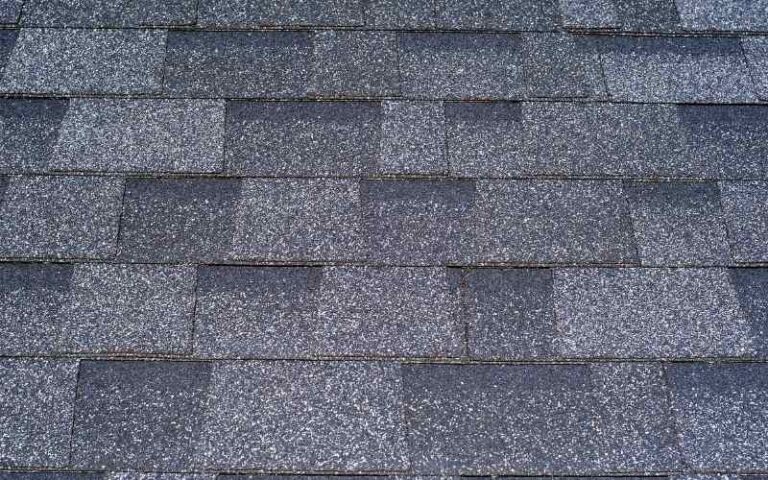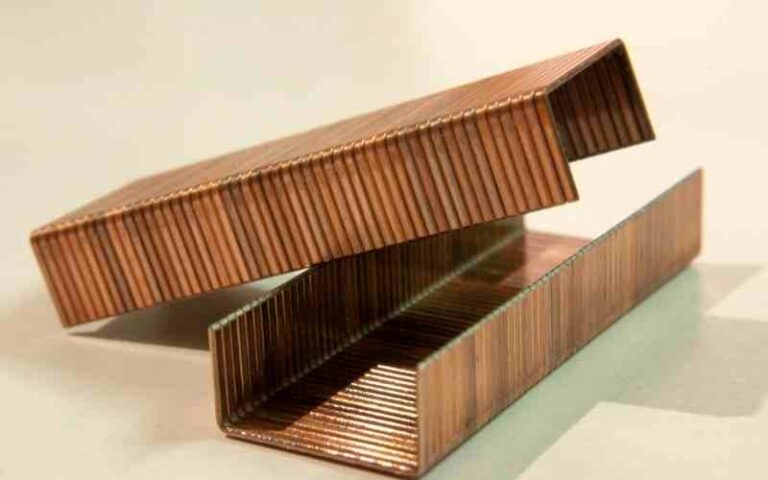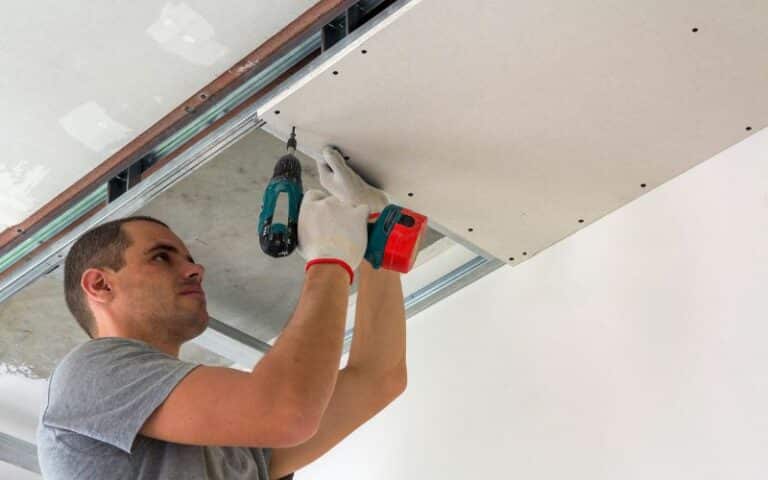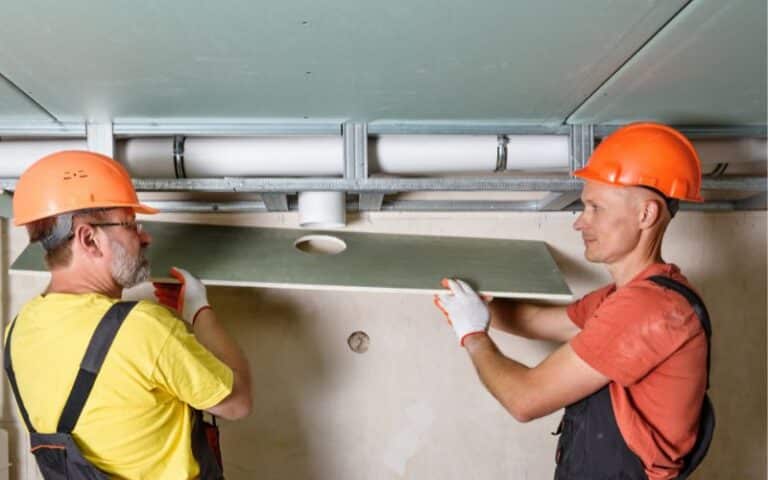Underlay or underlayment is usually placed under the carpet to provide comfort whenever we walk. The carpet lasts for a long time.
It also provides insulation against sound, heat, and moisture.
It is often common to have an underlayment beneath the overlaying subfloor flooring, although this is not always the case.
Underlayment consists of padding material that is usually about 1/4 to 1/2 inches thick. However, the sizes of the staples vary with the thickness of the underlying material.
A rule for nail length states that 1-1/2 inch nails are suitable for 1/2 inch thick floors. Therefore, you should use 1-1/4″ to 1-1/2″ long staples for floors 3/8″ to 1/2″ thick. When using cleat nails, 1-1/2″ long cleat nails are suitable for 1/2″ thick wood floors. As recommended by the manufacturer, use 18 GA 1-1/2″ long staples when installing thin 1/2″ thick solid wood flooring.
Ready for a Roofing Quiz?
Ready for a Drywall Quiz?
What Size Staples for Underlayment?
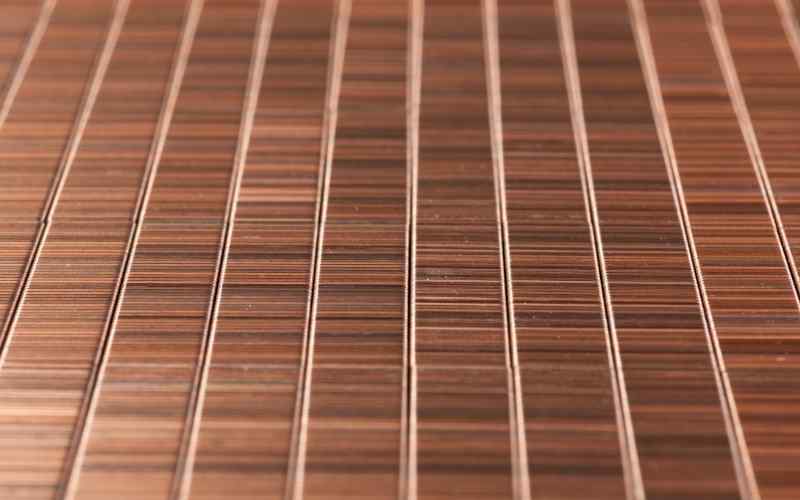
When installed with staples, underlayment sheets are fastened every 2 inches along the edges of the sheet and every 4 inches in the field area.
There must be a wood or plywood subfloor to staple or nail. Staples or nails will not hold concrete or other hardboard types of subfloor material.
You should use 1″ to 1-1/4″ long staples for thinner 1/4″ to 5/16″ thick floors. Use 1-1/4″ to 1-1/2″ long staples for floors 3/8″ to 1/2″ thick. Use 1-1/2″ long staples for 5/8″ thick floors.
When using cleat nails, use 1-1/2″ long cleat nails when installing thin 1/2″ thick wood floors.
For example, when you lay 3/4″ thick plywood directly on a concrete slab, use cleat nails 1-3/4″ long to install 3/4″ solid wood floors, so that the cleat nail is 3/4″ so the nail doesn’t go through the plywood.
When fixing a 3/4″ solid wooden floor over a wooden subfloor with floor joists, use 2″ long cleat nails. Similarly, installing 3/4″ flooring over two layers of 1/2″ plywood on a concrete slab.
When installing underlayment for engineered flooring and thin solid wood floors.
You should use 1″ to 1-1/4″ long staples for thinner 1/4″ to 5/16″ thick flooring, 3/8″ long to 1/2″ thick floors, and 1-1/2″ long staples for 5/8″ thick floors.
The best rule of thumb for nail length is 1-1/2-inch nails for 1/2-inch-thick floors and one 3/4-inch nail for 3/4-inch-thick floors.
You can fasten SurePly plywood underlayment with galvanized chisel-point staples with a 1/4″ max crown or flathead wood screw treated with zinc or galvanized with a moisture-resistant coating.
Avoid using drywall screws as they are not coated, and this can lead to rusting.
The rules state that the length of the fasteners should be approximately equal to the total thickness of the subflooring and underlayment to achieve maximum grip.
This prevents the fasteners from making holes in the subfloor, which can cause the nails to come loose over time. Your preferred overlaying should not be affected by subfloor underlayments.
What Types of Fasteners Are Suitable for Underlayment?
Staples are an excellent choice for fastening underlayment. Staples are usually coated, which helps to increase the holding power.
7/8″ by 18 gauge 1/4″ narrow crown staples are commonly used for fastening underlayment or wood floors to subfloors.
However, ring-shank and spiral-shank nails are the most suitable fasteners for installing floor underlayment because they increase friction. In addition, they are known for their toughness and firm grip.
Ring shank nails or penny ring shanks are characterized by ring-shaped threads that prevent them from being removed. When driven, the thread is locked with the wood fibers making it difficult to remove.
Although ring shank nails have a firmer grip, screws have more rigid holding power. Screws have a large thread which enables them to hold a wider surface area around them.
The screws hold the subfloor very tightly, so there’s no room for shifting or loosening.
In addition, ramming nails are suitable for both interior and exterior plywood assemblies. They are commonly known as sinker nails, common nails, and box nails.
Sinker nails have a waffle-like patterned head, making them easy to drive. Also, a coating is applied over the shanks to be held firmly in place once driven.
Which Fastener Prevents Floor Squeak?
The screws keep the floor from squeaking if they are driven in properly. A screw holds the subfloor firmly in place and ensures the floor is without a squeak.
Floors are more prone to squeaking because of the temperature flexibility of nails. Movement between the subfloor and the ring shank nail or any type of nail eventually loosens it over time.
This results in squeaking on the floor, especially in the most frequently used areas on the floor.
Floor squeaks occur when the shank of a nail or staple rubs against the wood fibers around it. Movement between the fastener and the underlayment can occur when someone walks on the floor.
This causes friction and releases the stored energy leading to the squeaking sound.
Shrinkage can also contribute to the squeak. The subfloor must be dry at the time of installation to prevent such problems.
The nailing pattern should have no effect on the roughness of the floor, provided you follow the guidelines for proper edge spacing, nail spacing, and final spacing.
Factors to Consider When Installing Underlayment
Regardless of overlaying subfloor flooring, there are some important factors you need to consider when installing underlayment to achieve perfection.
Here are some factors you should consider the next time you intend to install an underlayment.
#1. Fasteners and Fastening
Begin installing the fasteners on one edge next to the panel and move to the opposite edge. Make sure the panel is flat during the process. Avoid overdriving or underdriving fasteners.
Overdriving can result in floor squeaks due to movement between the underlayment and subfloor panels. Make sure the fastener heads are slightly below the surface of the panel.
Do not glue the underlayment to the subfloor with construction adhesive to reduce potential discoloration issues with some types of flexible sheet flooring products.
#2. Finishing and Filling
Fill edge gaps, splits, and damaged areas in underlayment with a hard, non-shrink, quick-setting filler before the final flooring fix. This step may not be applicable to some carpet and structural flooring products.
It is essential to check the manufacturer’s recommendation. Be sure to sand down any surface roughness, especially around fasteners lightly.
#3. Installing Finish Flooring
When installing plywood underlayment over a resilient sheet floor, you’ll need to use loose-fitting, perimeter-attached flooring products.
This works to reduce the underlayment’s exposure to moisture from the water-based adhesive used to install the floor.
You can also choose premium-quality flooring adhesives with high solids and low water content. Always be sure to allow the maximum open time recommended by the manufacturer before installing flooring.
However, you should follow the flooring manufacturer’s recommendations for installation in other types of finish flooring.
Conclusion
When installing 1/2 underlayment, you should use a similarly sized staple to maximize grip.
In addition, the fastener holding the underlayment in place is essential, so it must be considered the thickness of the unlaying material and overlaying the subfloor floor.
You can also refer to the manufacturer’s guide for the underlayment material before installing it.

